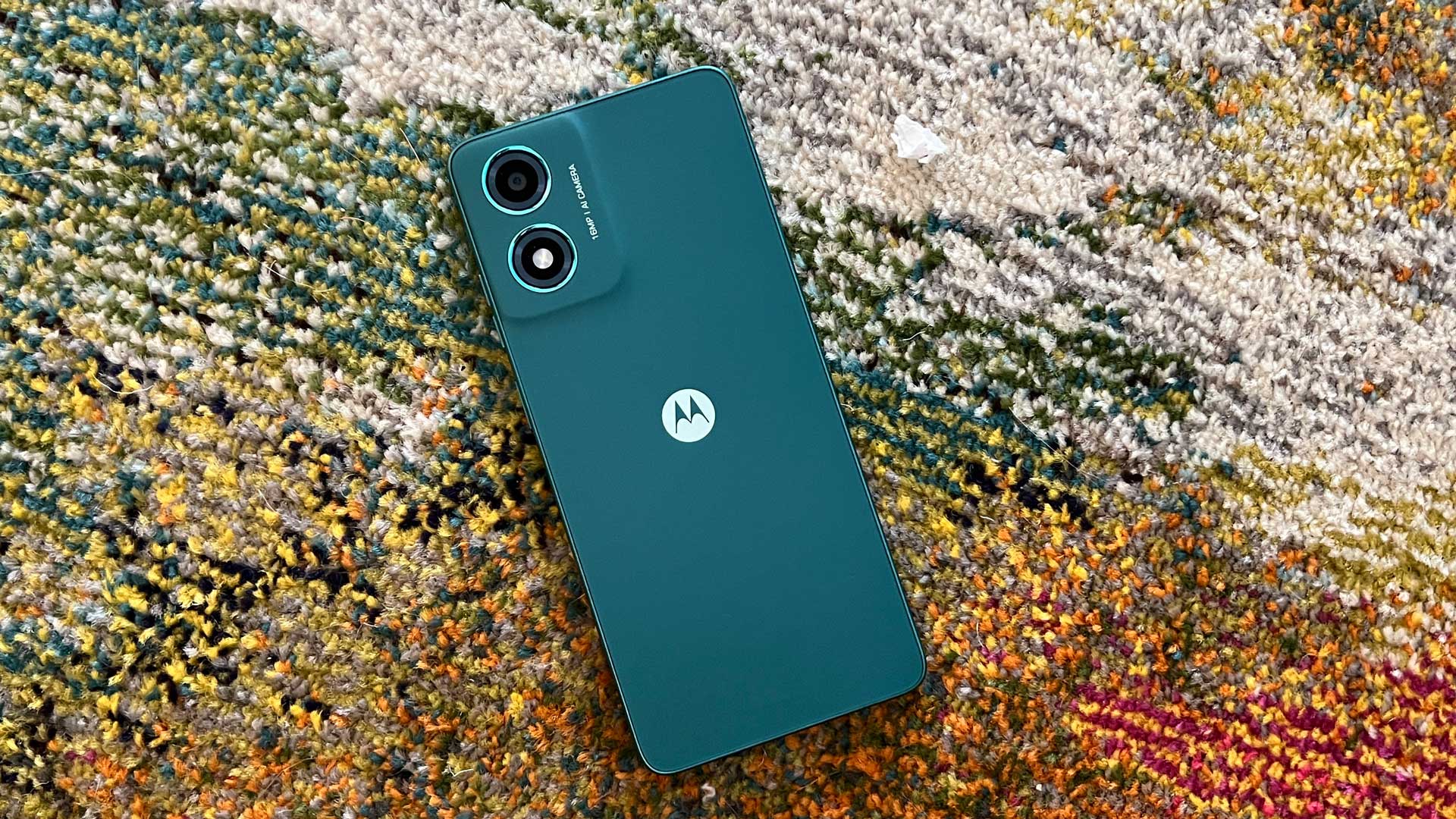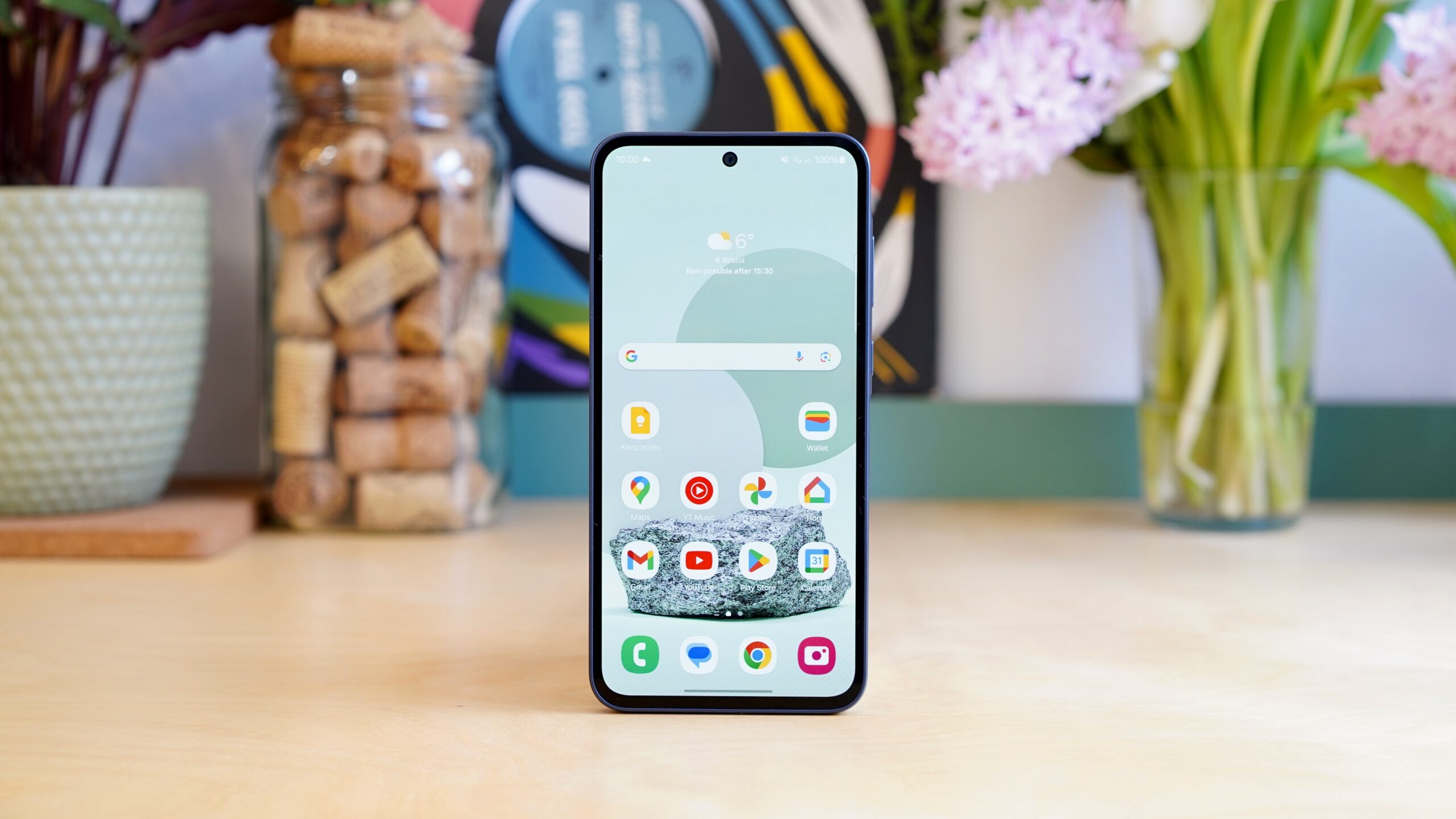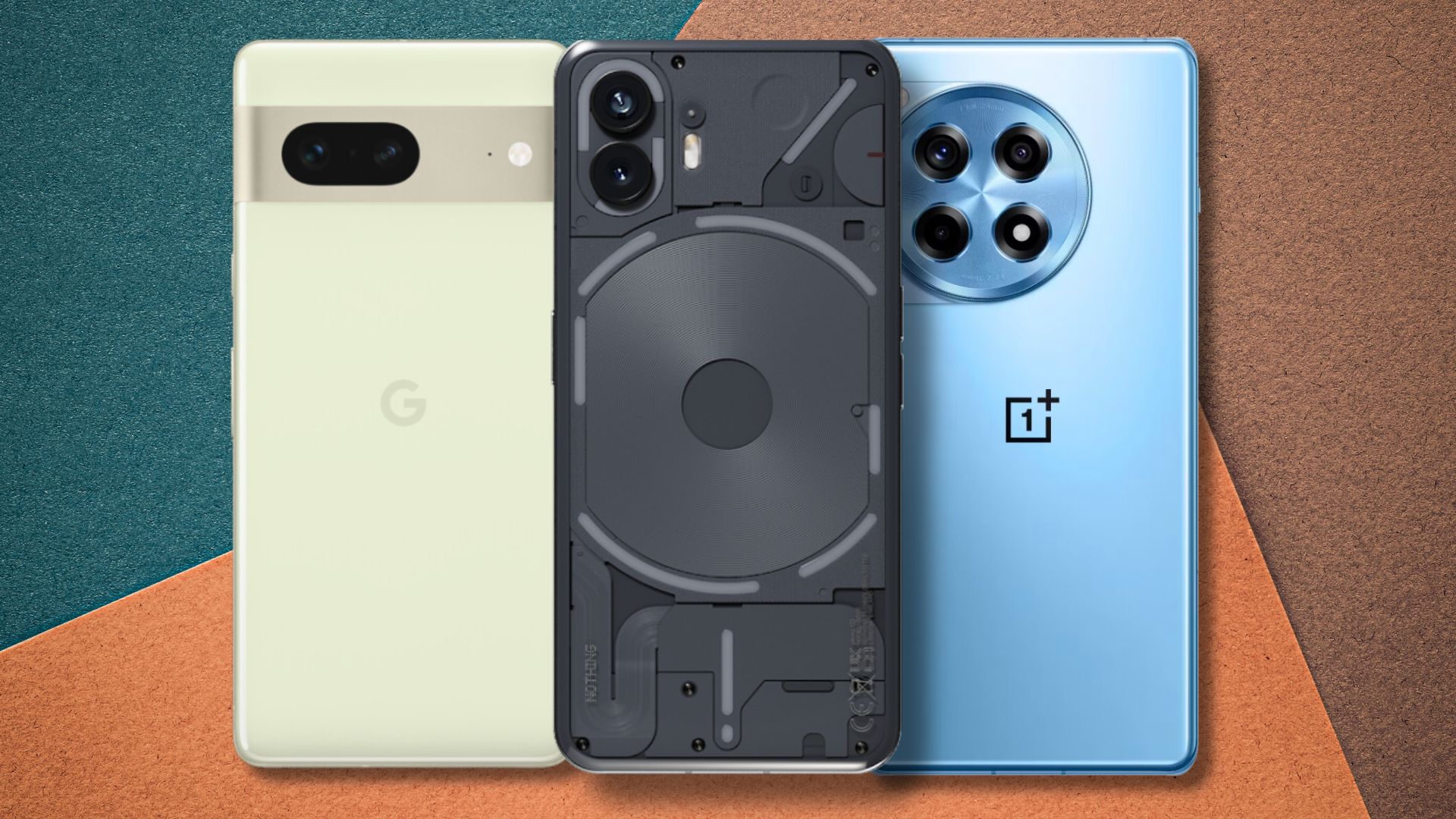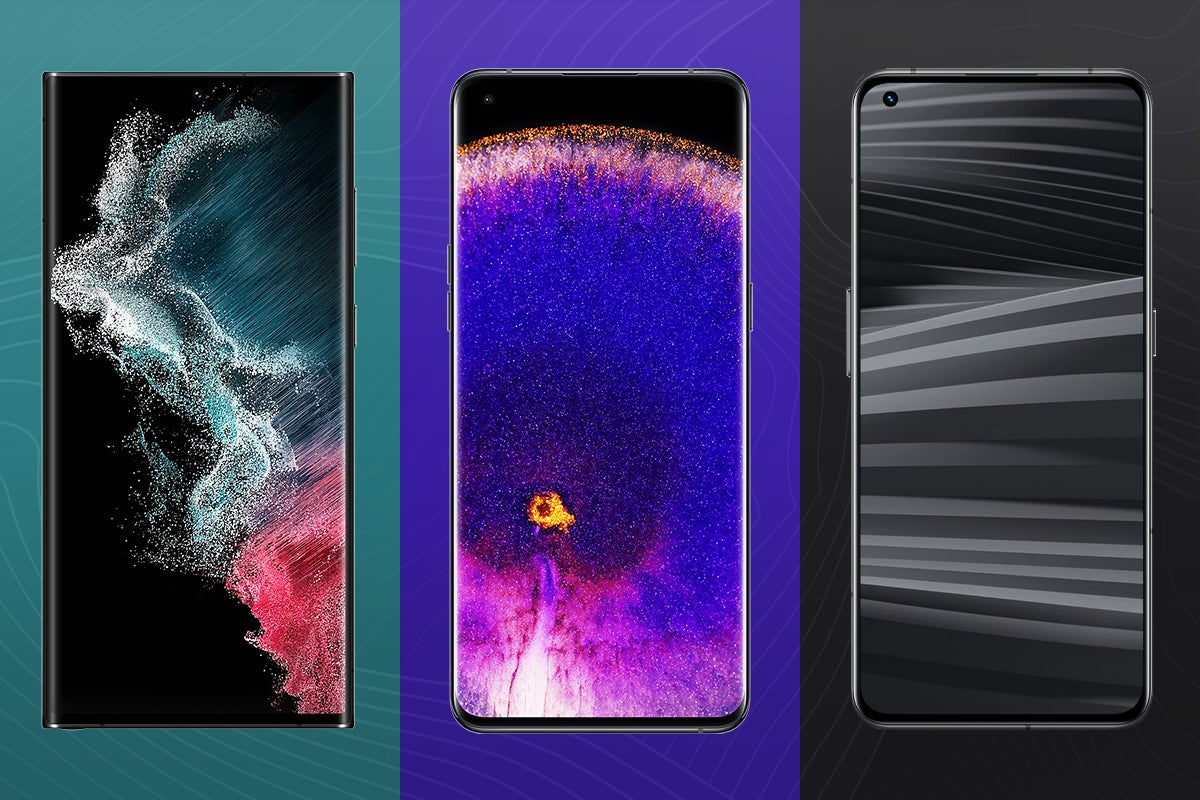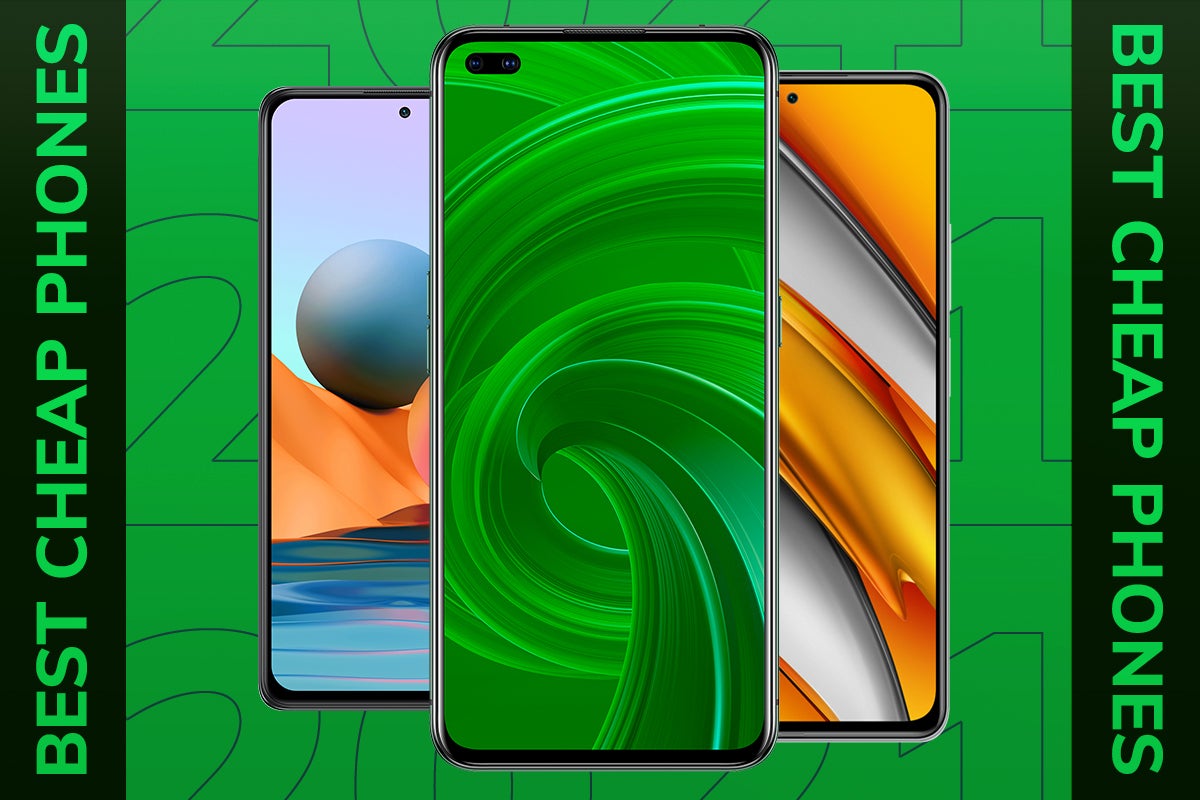Motorola Defy Review
Great if you want a tough phone
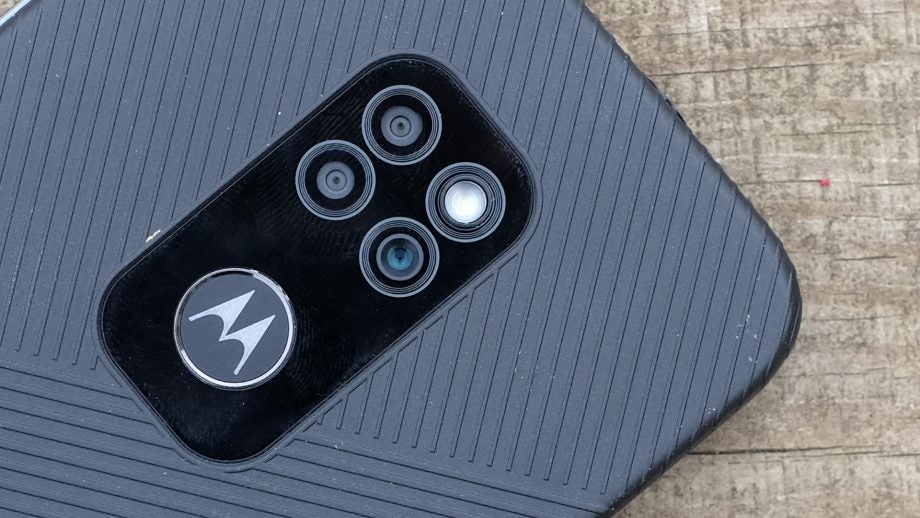

Verdict
The Motorola Defy is an excellent phone for those who need the three pillars of ruggedisation: drop-proofing, water-resistance and a wide operating temperature range.
Pros
- Tough Gorilla Glass Victus screen
- Sensible pricing
- Solid general performance
- Long battery life
- Great rugged credibility
Cons
- Poor camera
- Maximum screen brightness could be higher
- Weak gaming performance
Availability
- UKRRP: £279
- USAunavailable
- EuropeRRP: €279
- Canadaunavailable
- Australiaunavailable
Key Features
- Gorilla Glass VictusThis phone has Corning’s top Gorilla Glass, usually only seen in far more expensive handsets.
- MIL spec ruggedisationThe Defy has been tested to withstand a number of military-grade toughness criteria, including drop and temperature tests.
- Raised screen borderThe outer part of the phone’s casing raises just above the screen in order to avoid accidental display damage.
Introduction
The Motorola Defy range has been around for almost as long as Android itself. Former Trusted Reviews deputy editor Ed Chester reviewed a phone with exactly the same name a decade ago.
In fact, in terms of ‘pros’ and ‘cons’, the 2021 Motorola Defy is fairly similar. It’s tough, water-resistant and the battery life is pretty good. But the camera is among the weakest we’ve seen in a £279 4G phone in 2021.
There are a bunch of criticisms in this review, but you should take them in the context they’re intended. The Motorola Defy is one of only a few handsets made for ‘rugged’ use, and I’d rather use such a device than an affordable phone with a cumbersome rugged case attached.
Evaluating the Motorola Defy in the correct framing, the main area I’d like to have seen improved is screen brightness. It isn’t super-clear out on bright-but-cloudy days, which may become annoying on work sites or hikes.
The Motorola Defy costs £279 or 279 Euros, which is a pretty good price for a rugged phone.
On the non-rugged side of the market, you could pick up a Motorola Moto G 5G Plus for this sort of money. Of the two I’d opt for the 5G phone, but that’s because I don’t really need a toughened Android.
The Defy is much better-specced than the Cat S42 H+, and it has more up-to-date software than the more expensive Cleyver XSmart 64. It offers better toughness credentials in some areas, too.
The Moto Defy is actually produced by the same company that makes Cat and Land Rover phones, Bullitt. And it may be the best buy of the lot for many, assuming you don’t need the thermal imaging camera of the £540 CAT S62 Pro.
This is an eminently sensible and well-price rugged phone, if the level of toughness it offers is essential, rather than just a ‘nice to have’.
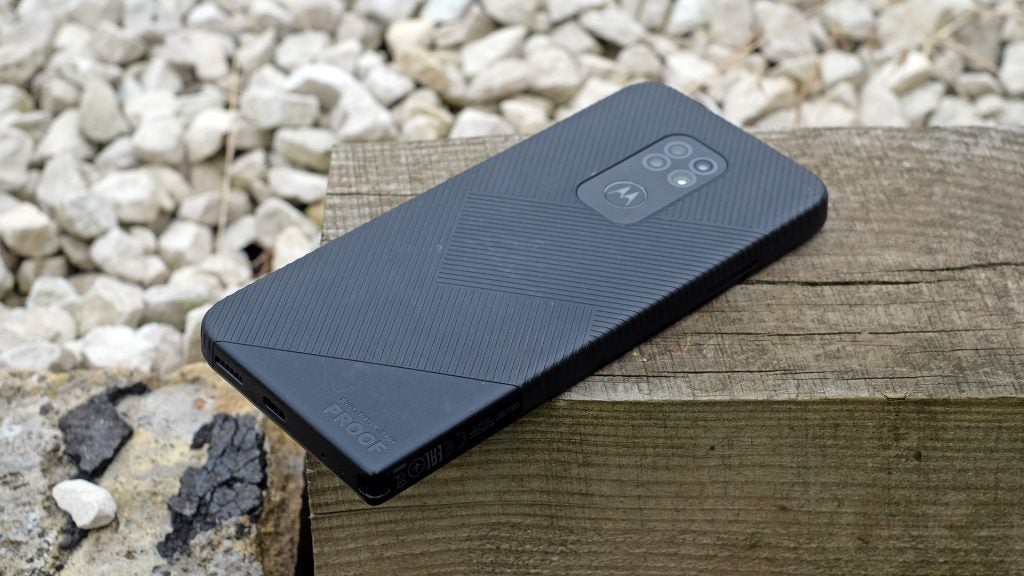
Design and Screen
- A tough phone that still feels like a relatively normal Android
- Wide operating temperature of -25 to +55ºC
- Gorilla Glass Victus screen protection
Let’s start with the areas that make the Motorola Defy a tough phone. First up is Gorilla Glass Victus, used to cover the screen.
This is a high-end toughened glass typically only used in the world’s most expensive phones, such as the Samsung Galaxy S21 Ultra. While it isn’t scratch- or shatter-proof, Corning claims it’s twice as scratch-resistant as the previous Gorilla Glass 6. It has also been drop-tested to 2m in height – the glass itself.
The Moto Defy’s glass isn’t only radically better than the Moto G-series phones of a similar price, which don’t even use Gorilla Glass, it’s better than most of the dedicated rugged phones at the price – which tend to have glass lower down the Gorilla Glass series.
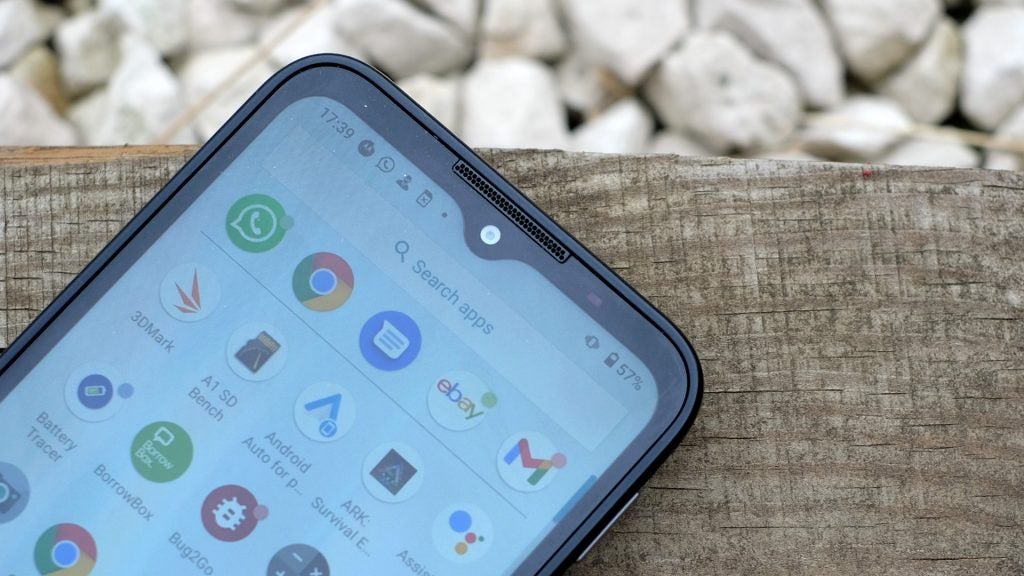
I do find it strange that Motorola doesn’t apply a screen protector. It would be useful extra protection, saving that Gorilla Glass Victus hardness for when it’s really needed.
Water-resistance is the Defy’s second rugged ability. Rated at IP68, it’s the highest rating you’ll find on a phone. This means it’s made to withstand submersion in water at a depth of 1.5m for 35 minutes.
Phones don’t offer the next level of water-resistance, 5ATM, so this is the best you can get. Unlike rugged phones of old, the Motorola Defy doesn’t require rubberised flaps to keep it safe, since headphone jacks and USB-C ports can be made water-resistant.
I’d like to see Motorola specify IP65 resistance, too, which signifies protection from water jets. But only the top rating gets a mention.
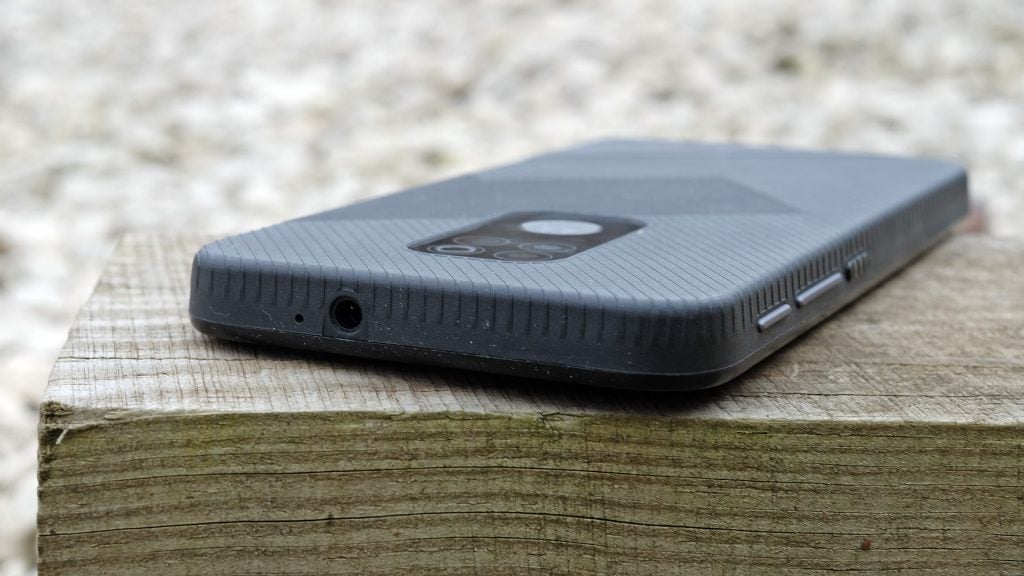
As ever, however, if you drop the Defy and deform the outer at all, you should assume its water resistance may have been compromised. The phone’s speaker also isn’t that well geared up to life around water. While water doesn’t appear to damage it, even slight contact with it neuters the sound, and it can take some time to go back to normal. There’s no clever drainage system and you can’t dry it off yourself easily.
Military-spec testing is the other important rugged factor. This is a qualitative way to make the chunky rubberised plastic outer seem worthwhile.
Motorola says the phone is “drop-proof” at a height of 1.8m and, just as important, has a wider operating temperature range than the average Android. It can be used in environments from -25ºC to +55ºC. The Samsung Galaxy S21’s operating range is zero to 35ºC.
The weather wasn’t scorching in London when I used the Defy, so I couldn’t see if the phone tends to overheat in direct sunlight, as the OnePlus Nord CE 5G did a few weeks before. But that’s a good temperature range.
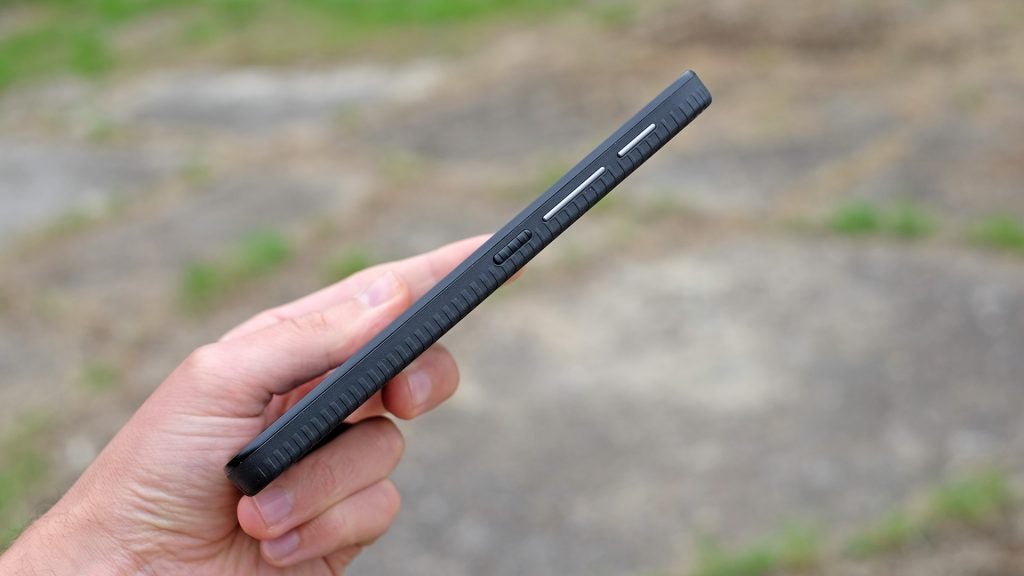
There are other notable design touches, too. The Motorola Defy has a slight lip over the screen, where the sides raise above the display glass. This offers extra screen protection if you place the phone down on a slightly rough surface.
The Defy also has a little cord loop bar in one of the bottom corners, plus an elasticated wrist strap in the box.
All that toughness ensures the Motorola Defy isn’t a phone we’d describe as attractive. It’s larger than a Samsung Galaxy S21 Ultra, despite having a much smaller screen. However, unlike most of the rugged phones I’ve used before the Defy, it still largely feels like a normal phone. It doesn’t have ridiculously prominent or contoured parts.
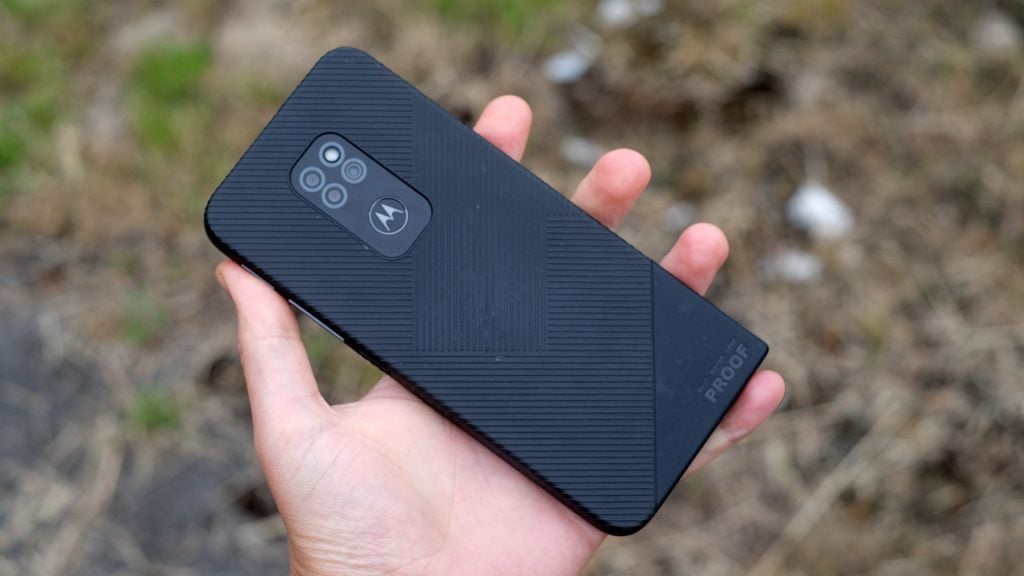
The Motorola Defy initially seems like it has a large screen, but that’s an illusion brought about by the phone’s XL-size dimensions. It’s a 6.5-inch LCD with a 1600 x 720-pixel resolution, which is well below what I’d usually expect to see at £275.
Sharpness is sound enough, but it’s an obvious downgrade from a Full HD phone. Colour and contrast are fine, if nothing special; they’re typical of what you might expect from a sub-£200 Moto phone.
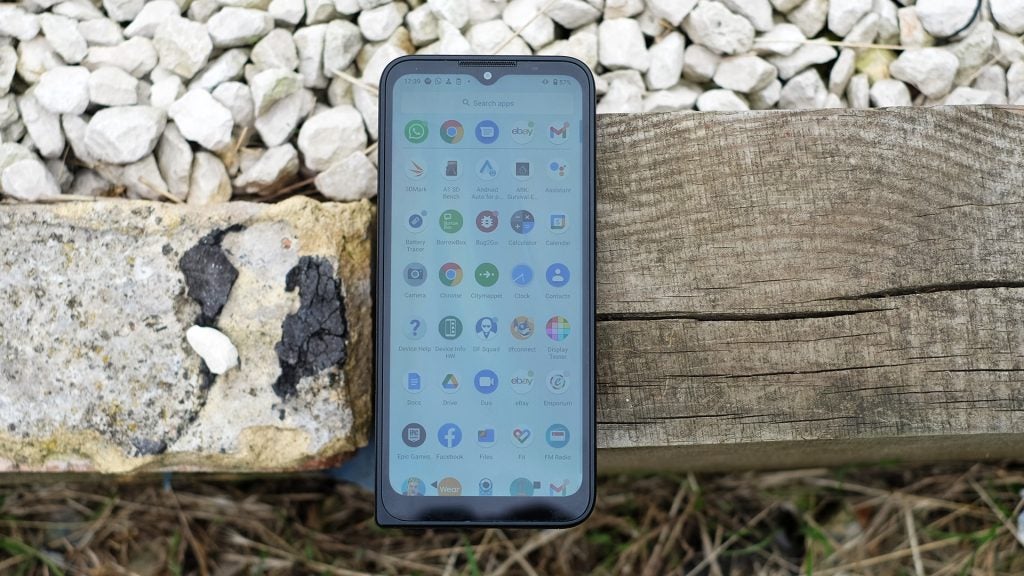
There are other signs that the Motorola Defy screen is a C-grade display. It suffers from a very obvious loss of brightness at an angle, and its maximum brightness of 450 nits isn’t as good as most of the non-rugged phones around the price.
I’m not surprised by any of this. Ruggedisation doesn’t come for free, and Motorola is clearly out to make a phone that doesn’t come with the jump in price that often accompanies such phones.
Performance
- Pleasant day-to-day performance
- Poor for gaming
- No 5G mobile internet
You see a little of this compromise in the Moto Defy’s processor, too. It’s the Qualcomm Snapdragon 662, which was announced in 2020. This is a generation older than some of the phones you might buy at this level.
Does it matter? In most cases, no. The Motorola Defy suffers from no serious lag. Jumping around the Android 10 software feels fairly similar to doing so on non-rugged phones that cost this much.
Real-world general performance is similar to the Moto G50, which is a good thing. However, the Motorola Defy doesn’t have 5G mobile internet, just 4G and below. This should come as no surprise. Even among everyday phones, manufacturers need to make quite clear compromises in design and camera tech to fit in 5G at this price. It’s the same here, but for ruggedisation rather than 5G.
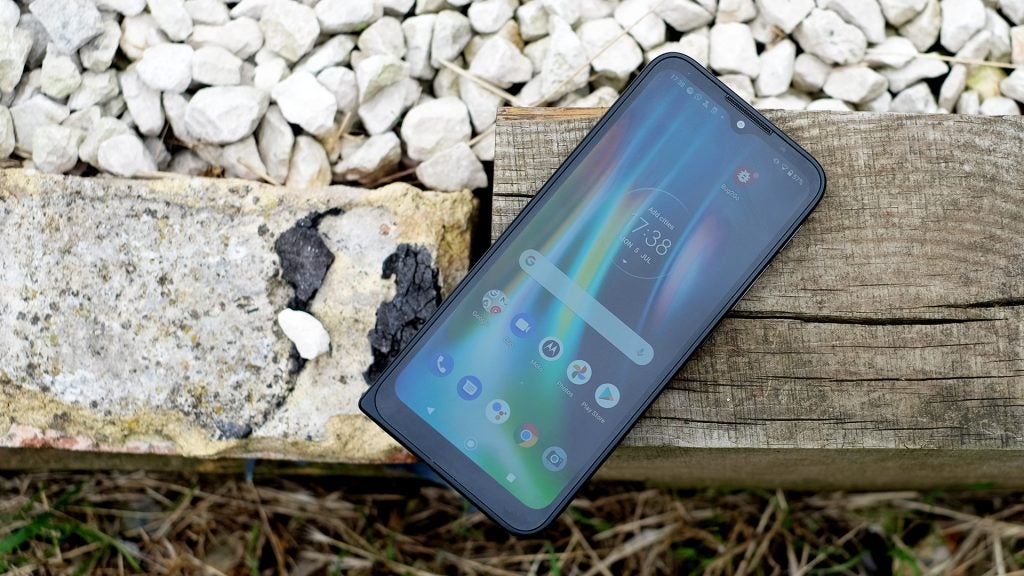
The next important question: can it play Fortnite? It’s one of Android’s toughest games. If a phone can play Fortnite well, it can usually handle just about everything else.
Run Fortnite at its maximum setting, Medium in this case, and while it’s just about playable, there were frequent frame rate drops to 13-14fps. This resulted in obvious juddering. These troughs can be flattened a bit by dropping down to Low graphics and reducing the dynamic resolution setting, but the Defy doesn’t have enough power to make the game shine.
The slightly less graphically intense ARK: Survival Evolved runs okay at its default Medium graphics, but becomes judddery if you bump up the visuals to Epic. This isn’t a great gaming phone, but it’s significantly better than the Cat S42 H+.
Camera
- Limited photo quality, particularly up close
- Solid enough HDR processing helps make up for mediocre hardware
- Max 1080p video: no 4K mode
The Motorola Defy looks like it has a decent camera array from a glance, but it’s a mirage.
Its 48-megapixel primary camera is the only unit with anything approaching a reasonably good-quality sensor. The other two are a poor 2-megapixel macro and a 2-megapixel depth sensor. This isn’t used directly for taking photos, but lets the Defy shoot images where the background is blurred out for an arty look.
You don’t get an ultra-wide camera or a zoom here.
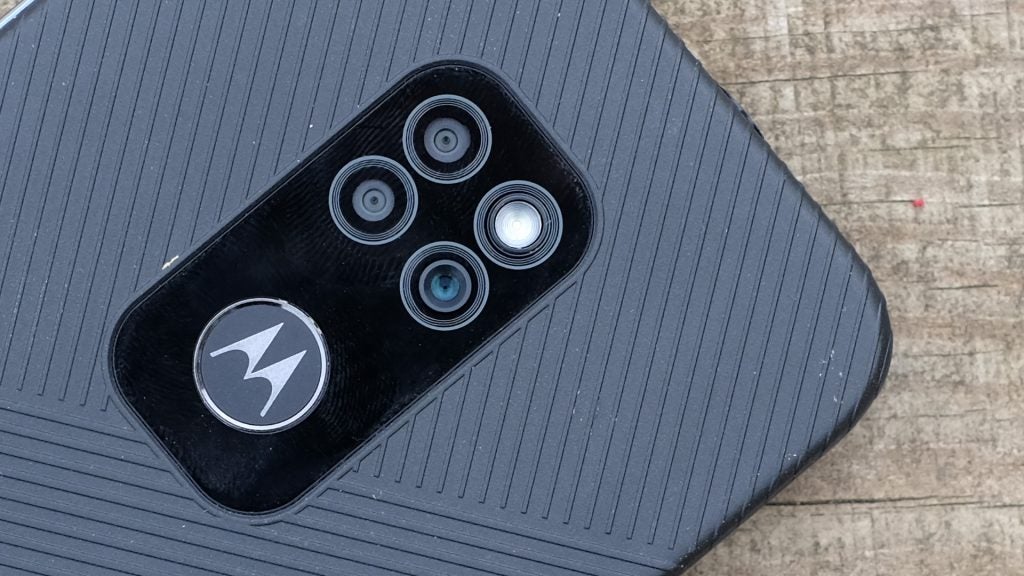
The Motorola Defy has one of the worst primary cameras I’ve used this year in a phone at this price. Even in good lighting, images have a ‘painted’ appearance up-close. This is the result of fairly aggressive picture processing, and means fine detail may be much worse than you’d expect looking at that “48 megapixel” sensor resolution. For the sensor nerds out there, it’s the Samsung GM1.
There are other issues, too. The Defy suffers from shutter lag, which makes a camera feel less responsive. And the preview image in the camera app isn’t as clear as that of some ‘normal’ phones around the price.
While the processing is heavy-handed on detail, it’s also a bit of a slouch in terms of contrast, pop and brightness. Images can end up looking dull and, compared to the norm of at least slightly over-saturated colour, low on vibrancy. I don’t mind this flatter approach, though: the “Enhance” editing button in Google Photos can supply that, and I’m glad the Motorola Defy doesn’t tend to radically over brighten photos taken under a canopy of trees.






The Defy’s camera is fairly poor, then, but there are some things to appreciate. It still offers solid dynamic range enhancement, which brings out the contours in clouds rather than blowing the sky out entirely.
You also get Motorola’s Night Vision mode, which significantly improves dynamic range and brightness in very low-light conditions. Still, low-light images remain fairly poor.
The Defy’s video capture is limited. Its maximum resolution is 1080p, and while there is a 60fps mode, you only get image stabilisation at 30fps. I recommend using the 1080/30 mode for most situations.
An 8-megapixel Samsung sensor is used for the selfie camera. It can take sharp-looking pictures in direct sunlight, but they take a turn for the soft and indistinct when working with less light.
Battery life
- Very good stamina
- Slow charging
The Motorola Defy has a 5000mAh battery, just like the Moto G50 and Moto G30. Stamina is very good, perhaps just slightly under that of the Moto G50, likely because that phone has a newer, more efficient CPU.
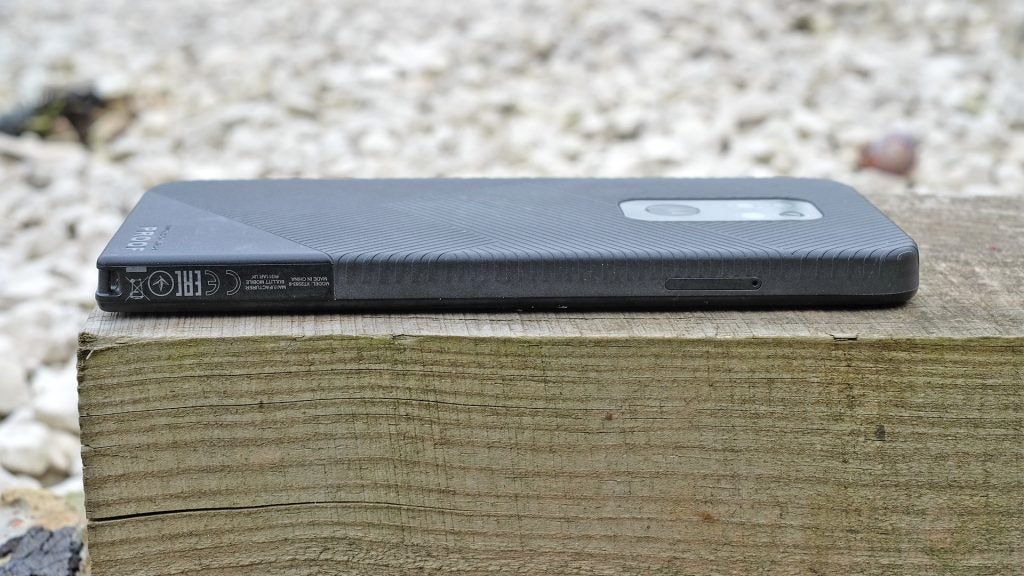
I have no complaints, mind. I have regularly ended a day with around 40% remaining, so the Defy should last plenty of people the 36 hours that effectively constitutes two-day use.
You could argue a phone such as this could really do with a giant 6000mAh or 7000mAh battery – and you’d have a point. But the unavoidable increase in chunkiness would make me want to use the Defy much less than I currently do.
The Motorola Defy’s charging speed is fairly poor, even though its 20W charger qualifies it as a ‘fast charge’ phone. It takes 2hrs 19mins minutes to get from flat to 100%, and it’s a way off the traditional fast-charge standard of 50% in 30 minutes, reaching just 33% after being plugged in for half an hour.
Best Offers
Should you buy it?
You want a reasonably priced ultra-rugged phone: The Defy’s price and features are better balanced than most Cat and Range Rover rivals. You get real rugged capabilities without having to spend a fortune.
If you don’t need ruggedisation: The Defy comes with a relatively weak processor and a poor camera, making it a poor choice if you don’t truly need its tough design.
Final Thoughts
The Motorola Defy is an excellent phone for someone who needs the three pillars of ruggedisation: drop-proofing, water-resistance and a wide operating temperature range. Its price is entirely reasonable, battery life is good and the use of Gorilla Glass Victus is particularly noteworthy.
FAQs
The phone’s IP68 water-resistance is the top spec found in phones, although it doesn’t have the 5ATM water-resistance of many wearables.
This phone is designed to operate in temperatures as cold as -25ºC.
There’s no wireless charging here, just 20W cabled charging.



